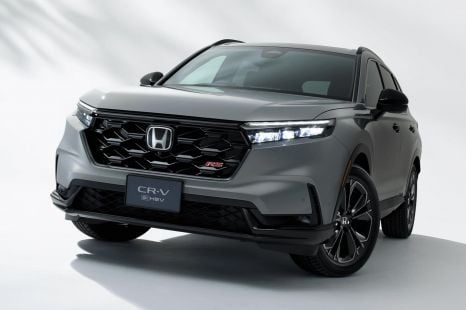

James Wong
Honda Australia: CR-V should be number one in segment, Japan previews incoming updates
2 Days Ago
The MG HS offers a value-for-money pitch that rivals like the Hyundai Tucson will struggle to match, and a badge with real history. But does it deliver once outside the showroom?



Senior Contributor
New from
$32,990
excl. on-roads

Senior Contributor
New from
$32,990
excl. on-roads


Senior Contributor
New from
$32,990
excl. on-roads

Senior Contributor
New from
$32,990
excl. on-roads
Quickly see how this car stacks up against its competition. Select any benchmark to see more details.
Where expert car reviews meet expert car buying – CarExpert gives you trusted advice, personalised service and real savings on your next new car.
MG’s Australian division is a company on the up, growing its sales and dealer network exponentially over the past few years and cleverly exploiting gaps at the more affordable end of the market.
In fact it sat 17th in the market at the half way point of the year, having sold more than 5700 cars and grown its volume 54 per cent. In so doing it outsold the likes of Skoda, Renault and Jeep.
The brand’s flagship model is the HS, which has the dimensions of mid-size SUV rivals such as a Hyundai Tucson or Honda CR-V, but wears a sticker price more in line with smaller offerings like a Hyundai Kona or Honda HR-V.
With a five-star ANCAP crash rating, a seven-year factory warranty, and handsome-though-anonymous looks, it certainly presents an interesting case study in how make inroads against bigger-sellers.
Just quickly, what is MG these days? It retains a British market presence and leans on its roots, but is in fact a trademark of the massive SAIC Motor Corp headquartered in Shanghai. None other than China’s largest auto maker.
With boundless ambition to grow and deep pockets to make it happen, it’s using a known brand to give its wares a friendly face.



Pricing kicks off at $30,990 drive-away for the entry-level MG HS Vibe variant. The Excite version we have here sits one rung higher up the model chain at $34,790. Those after more luxury features can buy the $38,990 Essence.
The Excite’s price puts it against competitors such as the Hyundai Tucson Active X ($34,390 at the time of writing), Kia Sportage SX ($32,690 at the time of writing), and Honda CR-V ($34,6240 at the time of writing).
Note: All prices discussed are drive-away, as advertised by each car brand.
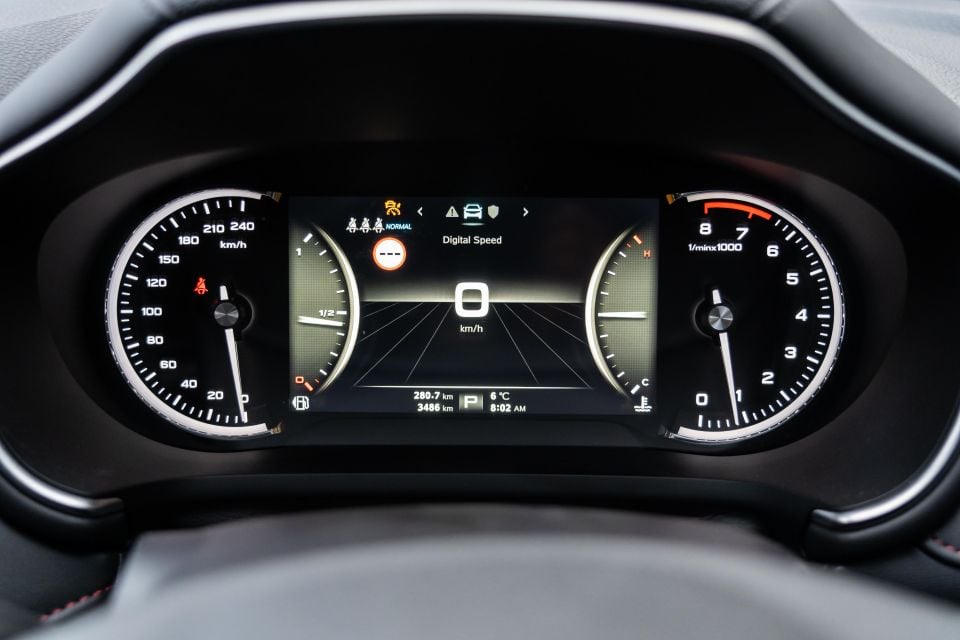
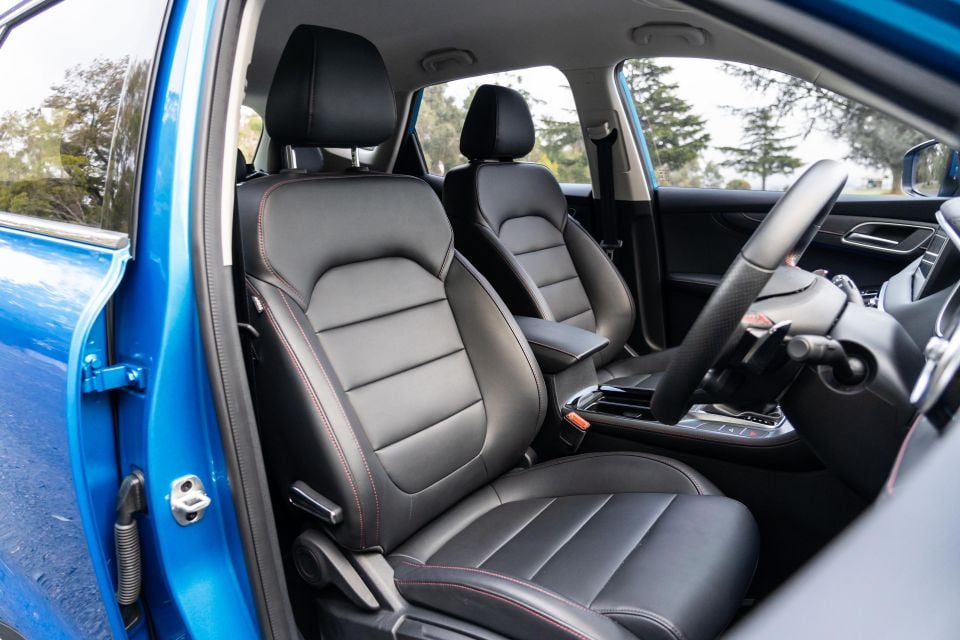
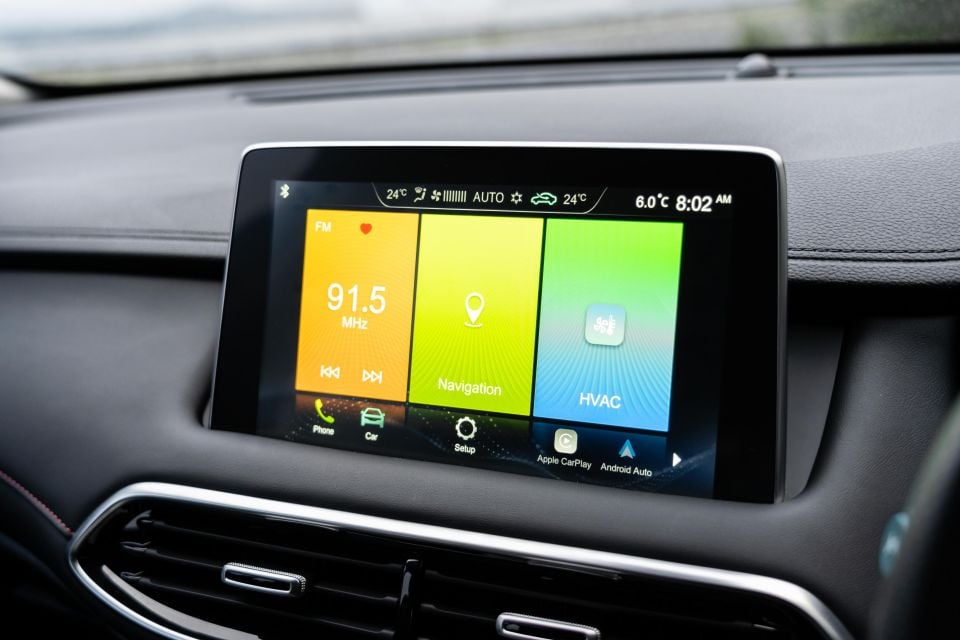
Buy your new car without the stress. It's fast, simple and completely free.

Great service from Travis and team, second time I have used this business would not hesitate to recommend them to anyone
Craig C.
Purchased a Ford Ranger in Sunshine Coast, QLD
CarExpert helped Craig save thousands on his Ford Ranger, now let us save you on your next new car.
Find a dealSo the MG doesn’t cost less than base versions of more-established competitors. But it does offer more features and cabin luxuries.
All grades get automatic headlights, LED daytime-running lights and LED tail lights, a proximity key fob, a large digital trip computer, 10.1-inch centre touchscreen, artificial leather (PVC and polypropylene) seats, and both Apple CarPlay and Android Auto.
The Excite grade for an extra $3800 adds LED headlights, rain-sensing wipers, an electric tailgate, welcome lights, satellite-navigation, cabin lighting colour choices, paddle shifters, and climate control.
The range-topping Essence adds a 360-degree camera and a panoramic sunroof for those wanting more stuff.
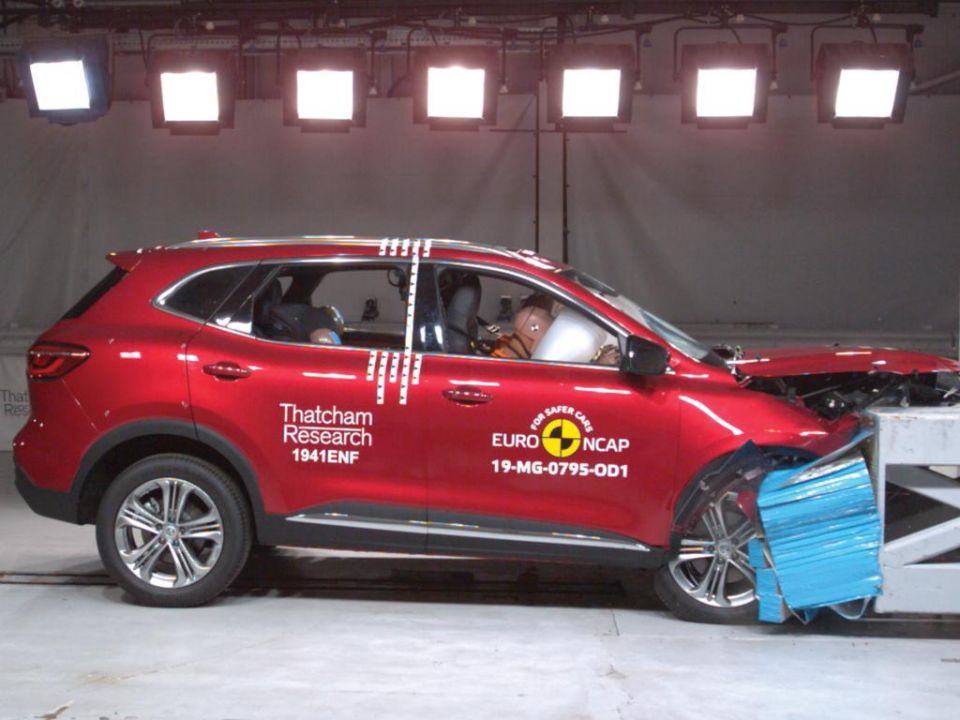
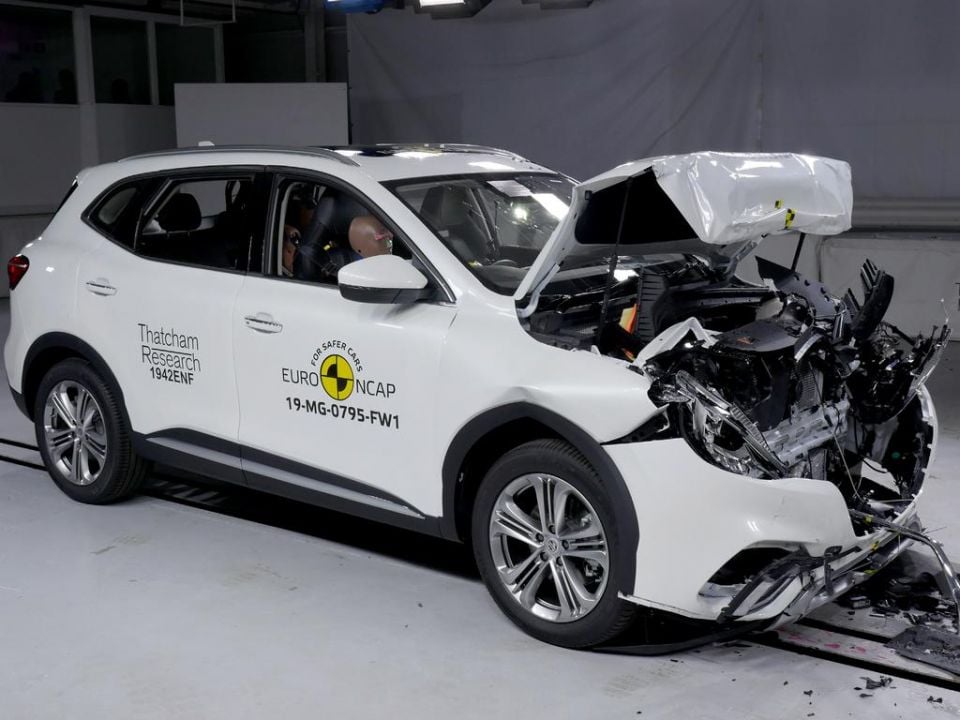
Crash-tester ANCAP gave it five stars in 2019: 92 per cent for adult occupant protection, 83 per cent for child occupant protection, 64 per cent for protecting vulnerable road users (pedestrians and cyclists), and 77 per cent for the safety assist functions.
Passive features include dual-front, side and curtain airbags, plus ISOFIX and top-tether child-seat anchor points.
Of more significance is the list of active safety features, driven by software using inputs from Bosch camera and radar systems. For a $35,000 car the list of what you get is unusually extensive, including autonomous emergency braking for cars, cycles and pedestrians, adaptive cruise control, lane-keeping assist with steering inputs, rear cross-traffic alert, blind-spot monitoring, and Door Opening Warning for passing cyclists.
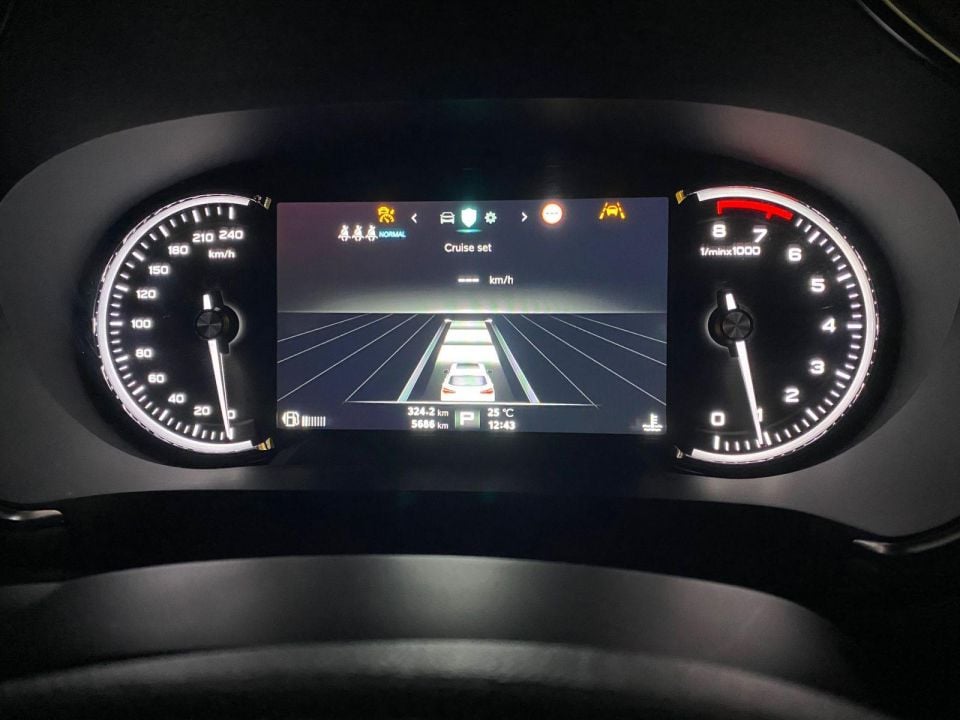
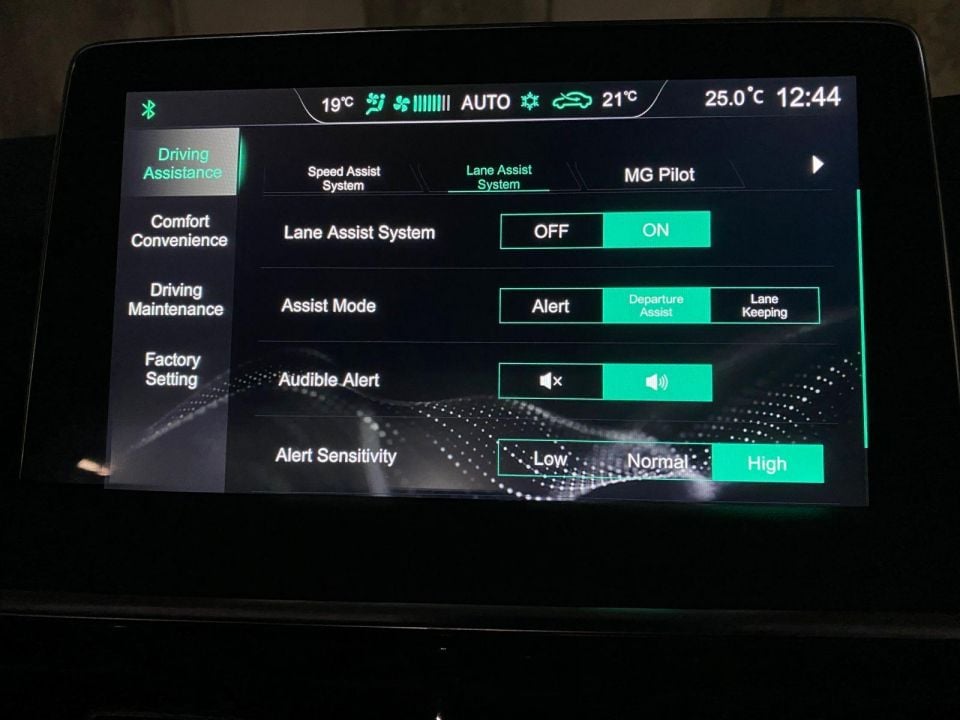
There’s also Intelligent Speed Limit Assist (the car can read speed signs using a built-in camera); Intelligent Headlight Control (a video camera measures brightness and the distance from vehicles in front, to adjust high-beam); and Traffic Jam Assist (car can come to a stop, and restart).
ANCAP’s testing noted that “tests of the AEB system in highway speed scenarios showed good performance, with collisions avoided or mitigated in most scenarios”.
“Tests of its lane assist system showed good performance, however the system does not intervene in more critical emergency lane keeping test scenarios, with overall performance classified as adequate.”
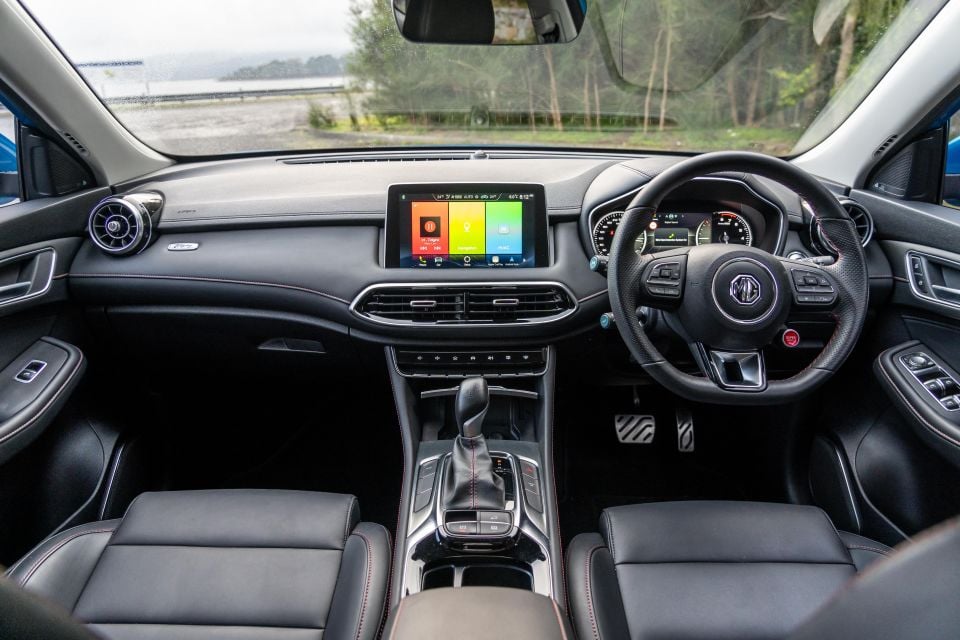
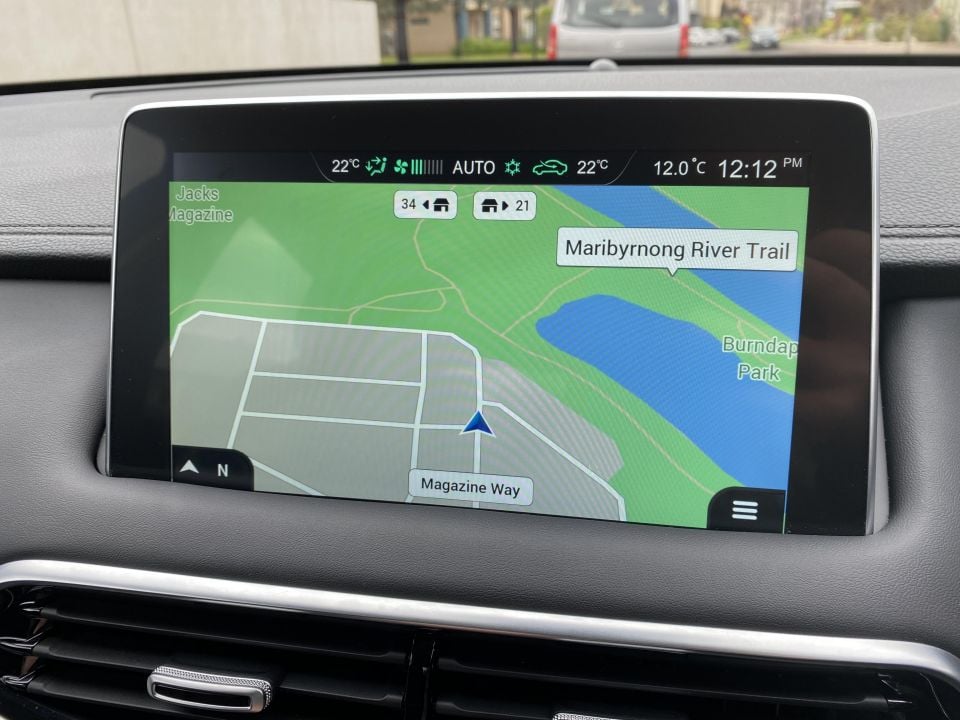
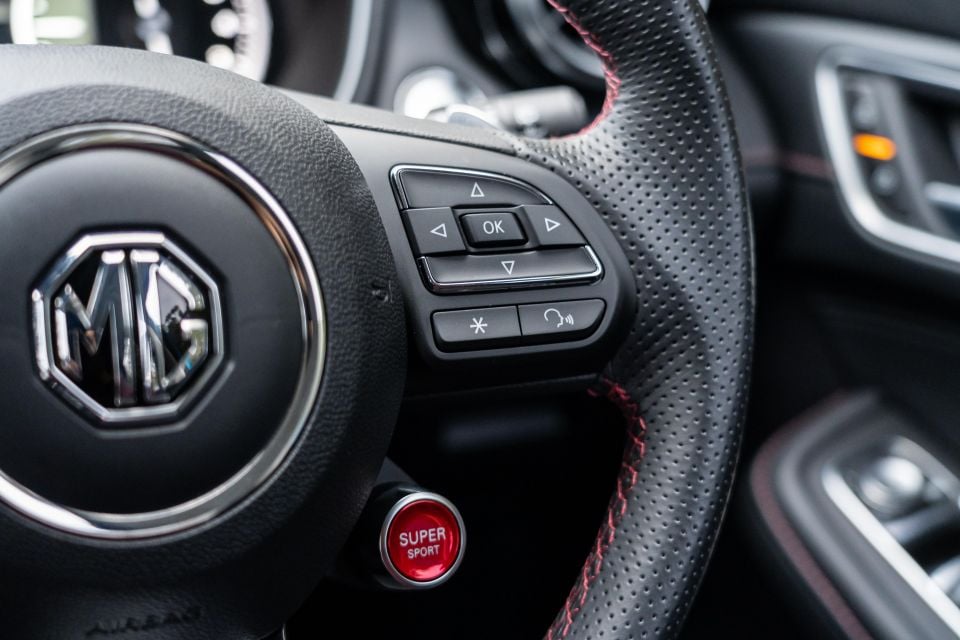
The HS’s interior doesn’t have the look or feel of a cheap car. Red-stitched padded surfaces running along the dash and doors, help, as does the silver plastic brightwork.
The switchgear and door buttons are very Audi-like, as are the rounded air vents, though don’t expect the material quality to be on par with the four-ringed German.
There is a decently-sized centre console with a soft-closing lid, and the transmission tunnel itself feels very sturdy and doesn’t move side-to-side, though pressing hard into either the door or behind the touchscreen does elicit the odd squeak from the plastic.
The nicely-designed dimpled steering wheel has rake and reach adjustment, ensuring the ergonomics are sufficiently versatile, and core vehicle functions are pretty simple to reach.
Behind the wheel are analogue speed and rev meters, and a bigger-than-average TFT screen with speed and other data displays for the trip, a tyre-pressure monitor, audio functions, and active safety features. This is in lieu of a head-up display.
The centre infotainment touchscreen is wider than what you get in most competitors and is good on first impression, with modern graphics, Apple CarPlay and Android Auto phone mirroring, sat-nav maps that closely resemble a Hyundai’s, and a high-resolution rear camera.
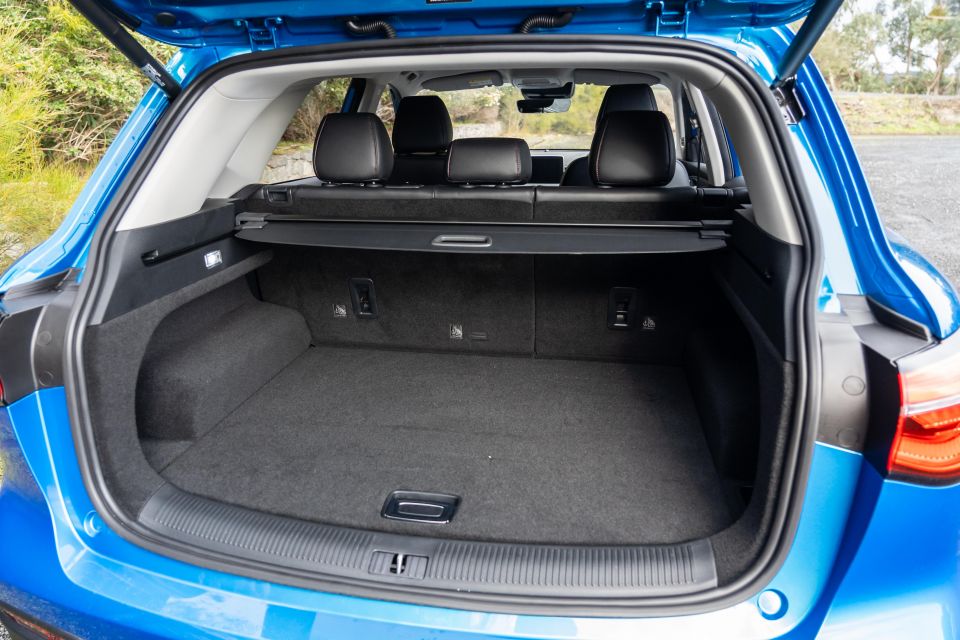
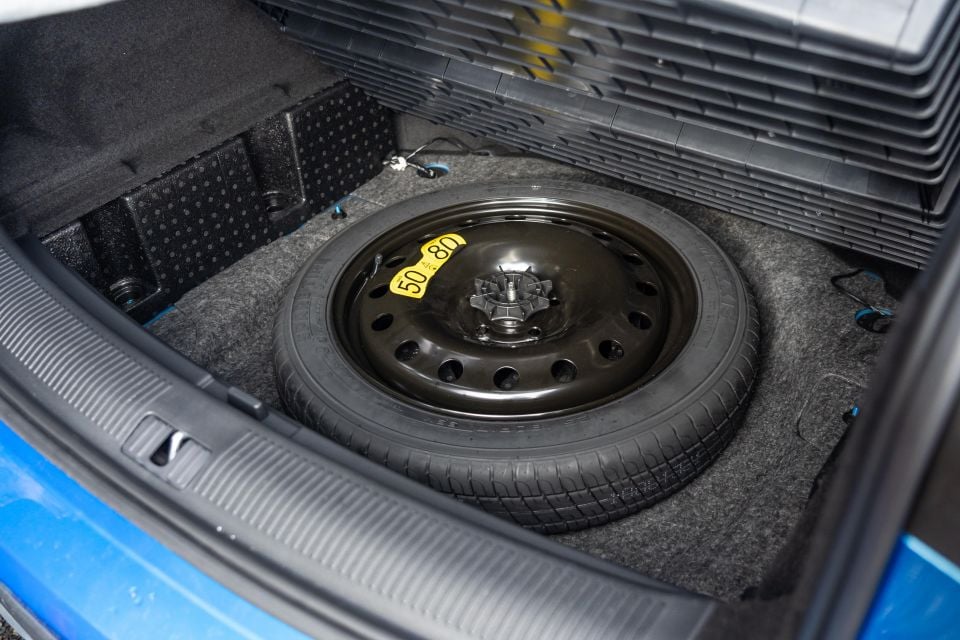
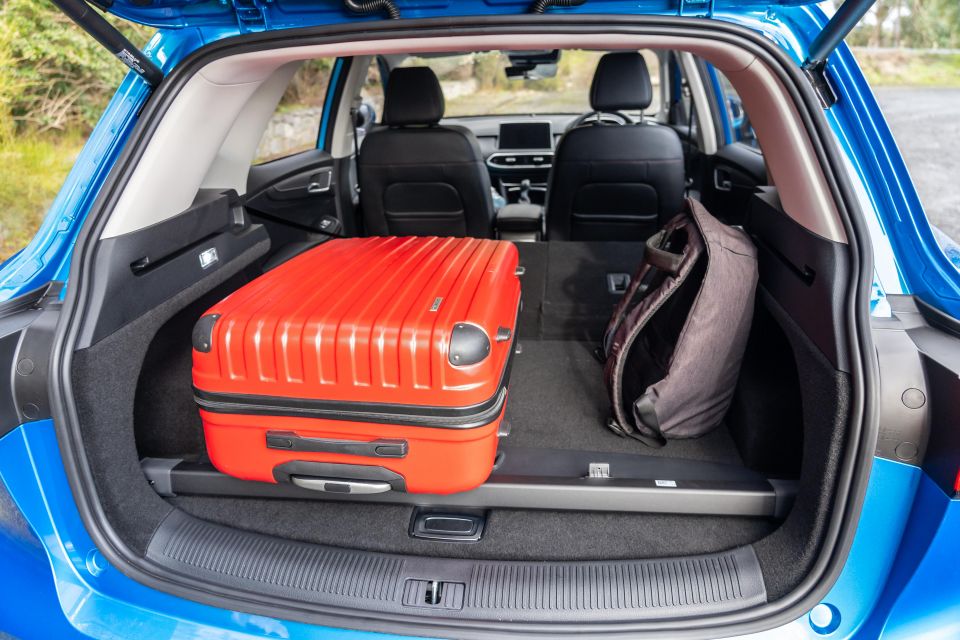
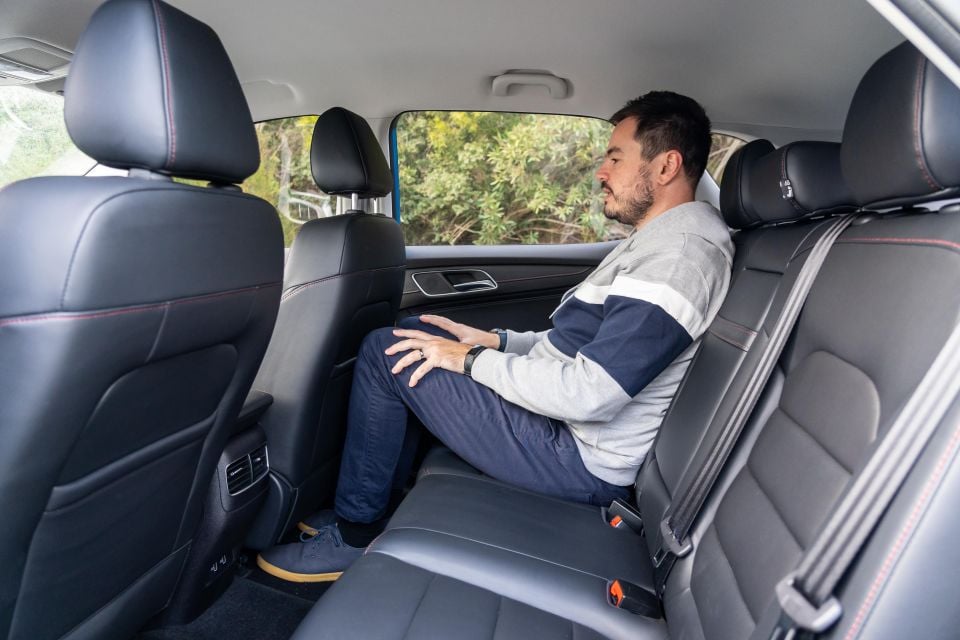
The touch function generally worked fine, though a number of the car’s functions (including finer AC controls) are handled via rocker switches mounted below the events, and there was a half-second lag between pushing them, and getting the appropriate menu.
The Apple CarPlay also glitched, by crashing the system and sending the screen temporarily black once, and by displaying a strange kind of staticky interruption signal twice. Both went away quickly upon unplugging, then plugging, my iPhone 11 running version 13.5.1 software.
The material quality in the back seats is very much the same as the front, and there is even a very snazzy pull down centre armrest with cupholders, and a storage area lined with flocked suede-like material.
Those back seats also recline, and rear occupants get their own air vents and two USB inputs. I’m 194cm and had plenty of legroom and headroom behind my own driving position, at least as much as in any of the competitors I mentioned earlier in this story.
The back seats fold down to free up extra cargo space, but with them in use you have a 463 litres boot – nothing special, but adequate. Under the carpeted floor you’ll find a few shallow plastic bins, and under those a space-saver spare wheel.
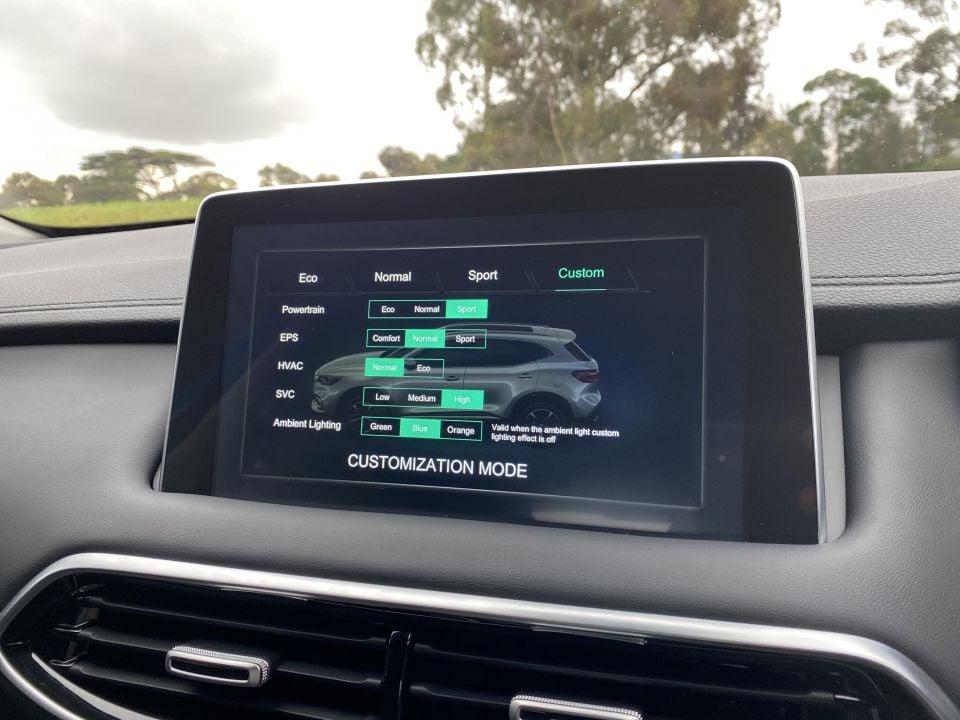
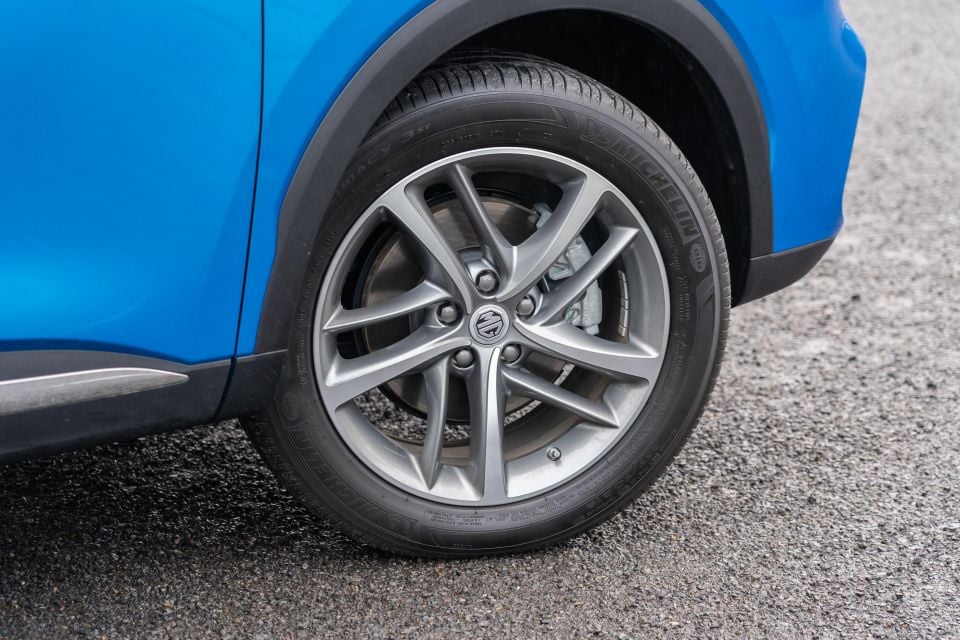
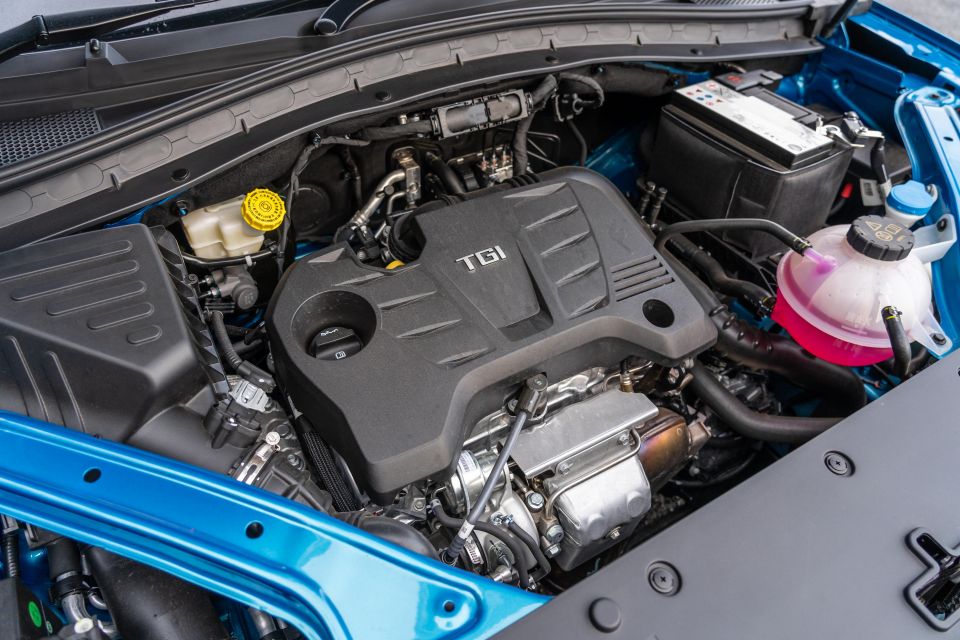
A 1.5-litre turbocharged petrol engine may sound small, but it has the same capacity as a Honda CR-V. Power is nothing special for the class – 119kW at 5600rpm – but 250Nm of peak torque at 4400rpm is certainly sufficient.
This Euro 5, direct-injected engine is mated with a standard automatic transmission – a seven-speed dual-clutch unit. For now all versions are front-wheel drive (FWD) as standard.
Combined-cycle fuel consumption is listed as 7.3 litres per 100km, equating to CO2 emissions of 170g/km. In my testing I averaged a middling 8.4L/100km, dropping to 7.6L/100km on a highway stint. The tank is 55L and 95 RON petrol is recommended.
The best zero to 100km/h time we recorded was 10.2 seconds.
On a side note, a pair of new powertrains will follow in the footsteps of the range-topping Essence when they arrive in February 2021.
One is a 2.0-litre turbocharged four-cylinder producing 172kW and 370Nm, mated to a six-speed dual-clutch. The other is expected to be a plug-in hybrid (PHEV) with a 1.5 turbo, a 16.6kWh battery, and a 10-speed auto.
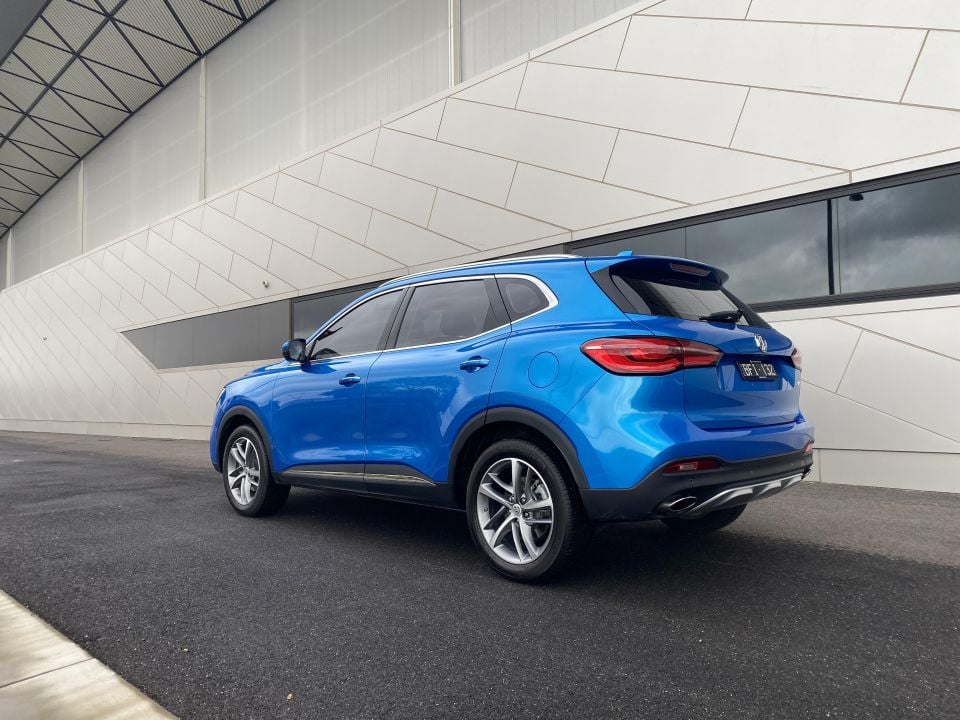
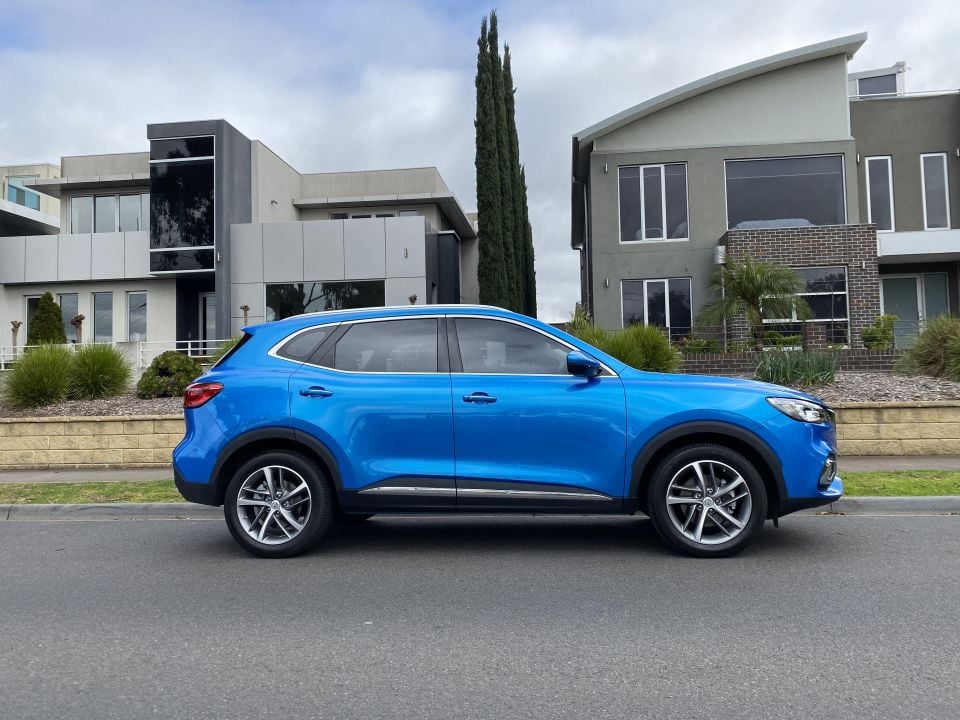
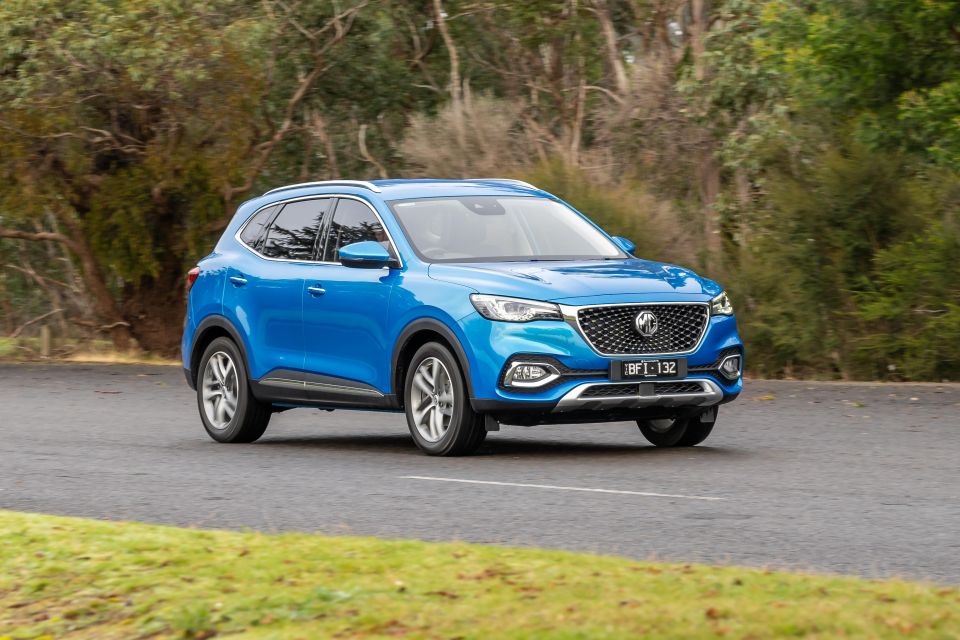
The engine is not bad actually, with sufficient torque on tap to make rolling response acceptable, and a DCT automatic that is neither more nor less prone to indecisiveness and lag around stop-start traffic than, say, a Nissan Juke’s.
As ever, progressive and gentle throttle inputs are key to maximising ‘smoothness’.
Under more strenuous usages, such as a hillclimb, the engine gets a little coarse, but for the most part is refined enough and gets you moving sufficiently.
There are a few driving modes to choose from – eco, normal or ‘Super Sport’ as promised by the irresistible red button on the wheel – but the degree to which they change the throttle calibration and shift mapping felt fairly negligible.
For somebody simply driving around town, and doing the occasional freeway run (2000rpm at 110km/h), it’s fine. And next to some competitors’ naturally-aspirated engines with continuously-variable transmissions, refined and rarely thrashy.
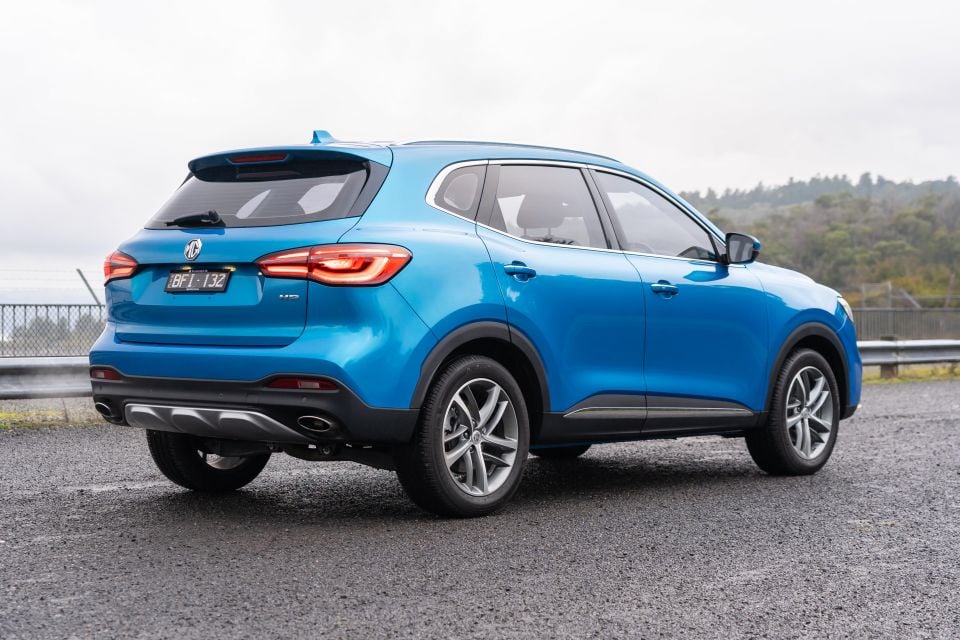
For some context, its power-to-weight ratio of 78.3kW per tonne compares to 78.7kW/t for a Tucson Active X 2.0-litre, and 73.8kW/t for a Mazda CX-5 Maxx 2.0.
The suspension layout comprises MacPherson struts up the front with multi-link independent suspension at the rear. There are fixed dampers at each end, and 312mm ventilated front and 304mm solid rear brake discs. Our test vehicle was wearing good-quality Michelin Primacy tyres.
The ride quality at high speeds is quite good, and the suppression of wind and road noise likewise. Cabin occupants are also reasonably insulate from potholes and corrugations at lower speeds, though there are times where the calibration falls short – for instance, hit a speed bump even slightly too fast and you get a pronounced jarring through the seat and steering column.
The steering is nicely weighted and consistent, and at urban speeds the handling feels controlled. But the car does give in to body roll earlier than some competitors, such as through roundabouts. It’s not a car that loves being hustled around, despite that promising Super Sport button.
I’d note here that Hyundai and Kia long ago established Australian divisions devoted to adjusting suspension components, and these small changes still enhance agility while maintaining comfort. We’re not saying MG should necessarily follow suit, but it doesn’t take much fiddling with bars, bushes and spring rates to revolutionise how a car behaves on the road.
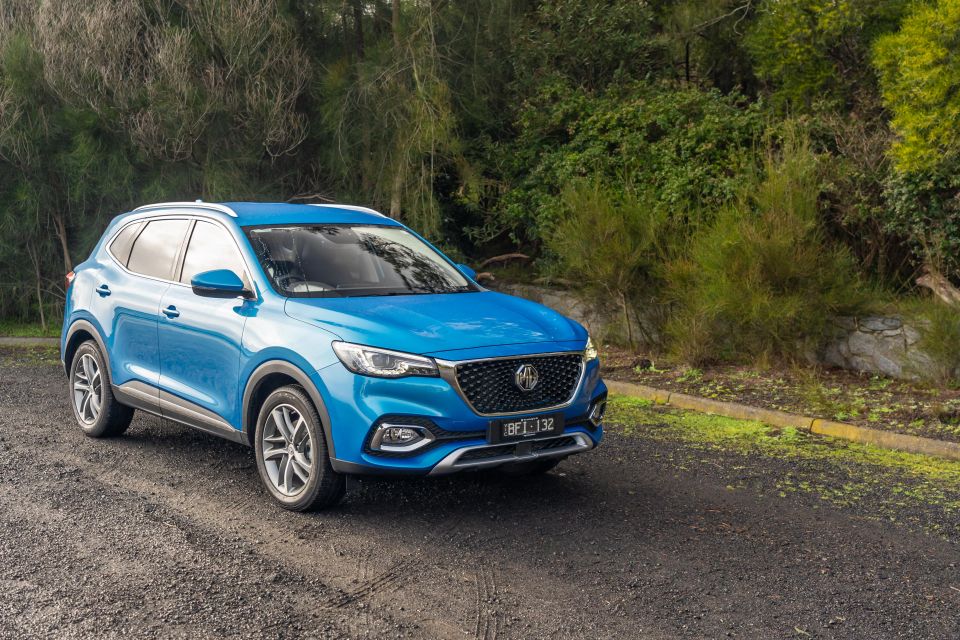
That list of active driver-assist features listed above is certainly extensive, and the effectiveness of the lane-keeping aid, blind-spot sensor, collision alert, and active cruise control functions was as good as many more expensive rivals I have spent time in. Don’t rely solely on these systems, but they can certainly help you out.
You can adjust the settings through the touchscreen, electing to make the lane-keeping assist passive (beeps at you when you stray outside of painted road lines) or active (steering nudges you back between the lines and stays active for about 10 seconds).
The main issue is the intrusiveness. I ended up driving with the lane-departure system switched off more often than not because it would constantly send a flashing warning to the instruments that said ‘Lane keep Assist System Quit’ and chime loudly for no useful reason, presumably once I dipped below the speed threshold of 60km/h.
MG says it’s working on making the chime switchable so it can be turned off. It would be essential to make the system less of a chore to use.
Before I waffle on any further, read Alborz’s piece discussing the MG’s tech for good and for bad here. It has copious detail.
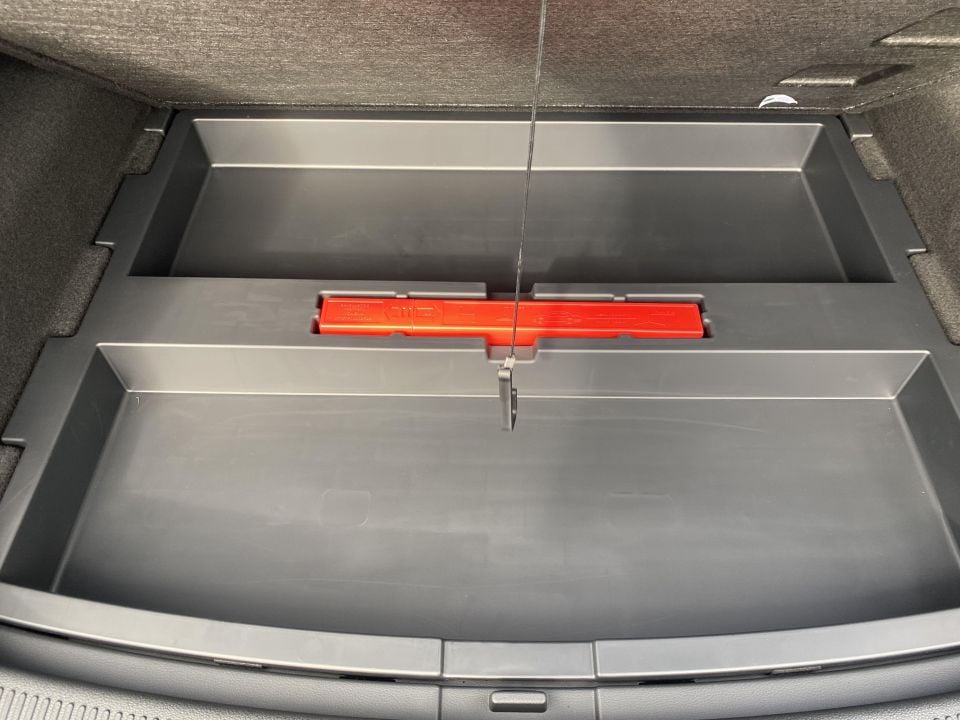
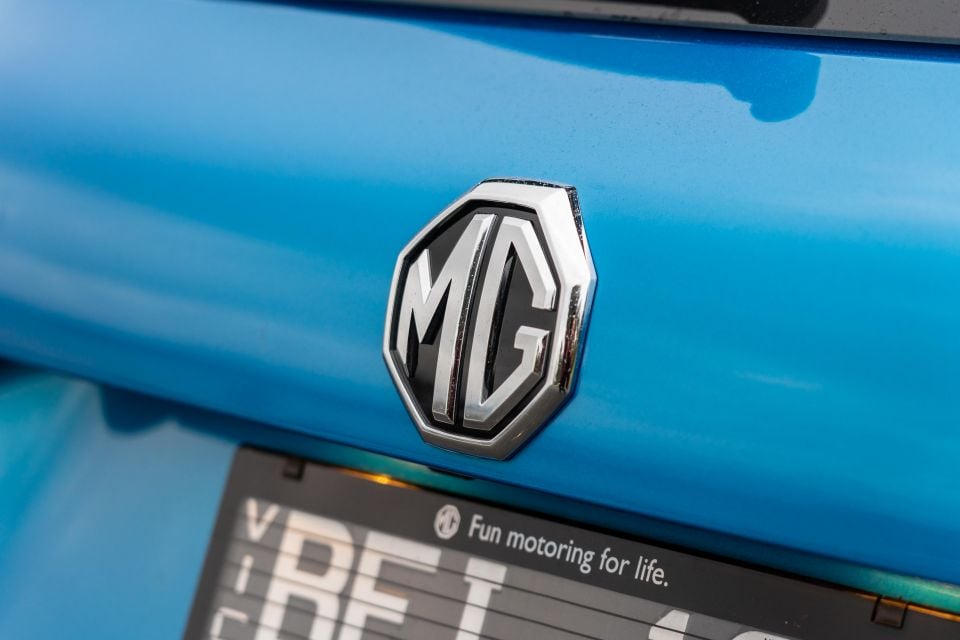
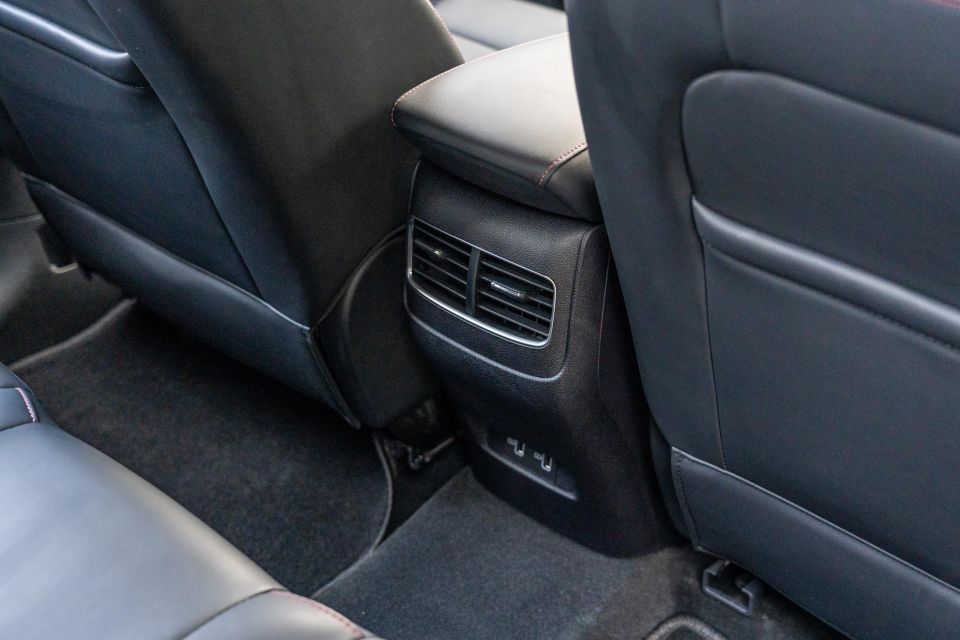
SAIC Motor Australia offers an excellent seven-year warranty from the point of registration, with no distance limit for private buyers and 150,000km for commercial users. The company also offers roadside assist over the term of the warranty.
Clearly this long coverage period will bolster resale values and potentially reassure those concerned about taking a punt on a largely forgotten brand.
The servicing intervals are annual or every 10,000km, which is a shorter distance interval than we’d prefer. The cost for each of the first seven visits (covering either seven years or 70,000km, whichever comes first) is: $279, $382, $330, $438, $279, $800, and $279.
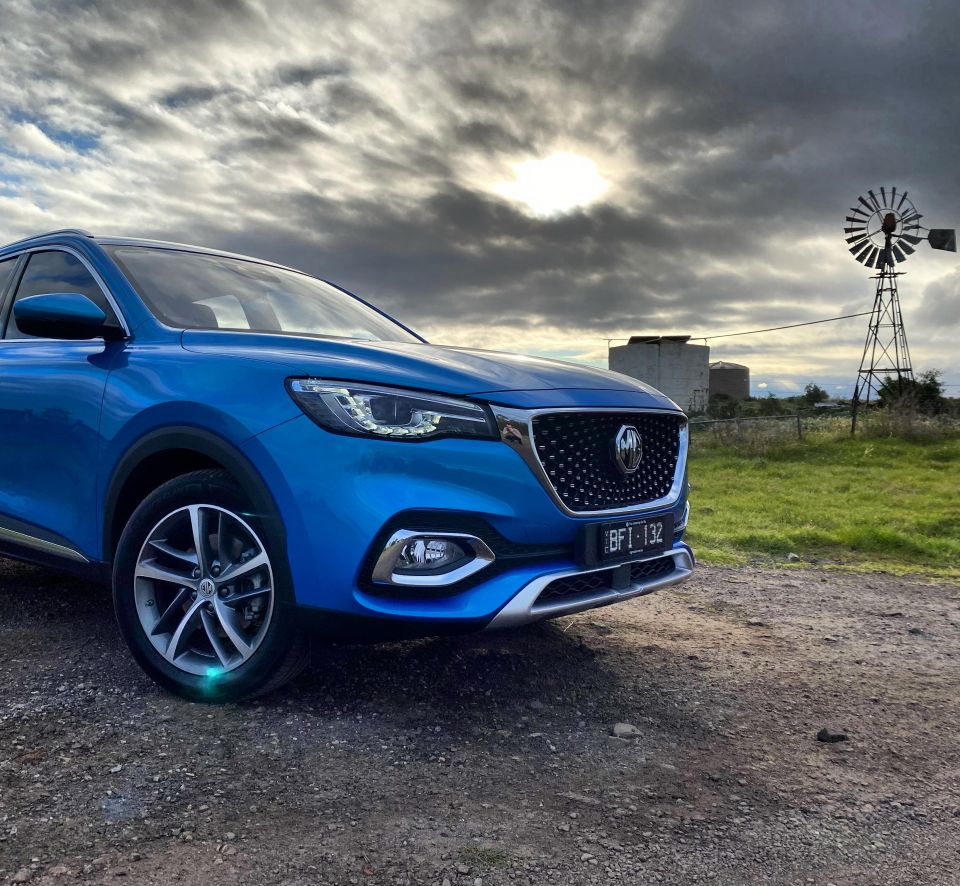
The MG HS’s strong points are its handsome and premium-feeling cabin, plentiful space, long warranty, features list, and inoffensive design language that looks anything but cheap and tacky.
If the MG HS wore a Mazda, Kia or Hyundai badge, few people would be surprised or feel disappointed. It’s not a class-leader, but nor is it a class-laggard.
Indeed this might be the first Chinese car I’ve driven which offers a viable alternative based on more than mere price, and which I could add to a person’s shortlist without throwing in too many querulous ‘umms’ and ahhhs’ along the way.
Where expert car reviews meet expert car buying – CarExpert gives you trusted advice, personalised service and real savings on your next new car.


James Wong
2 Days Ago


Derek Fung
2 Days Ago


CarExpert.com.au
4 Days Ago
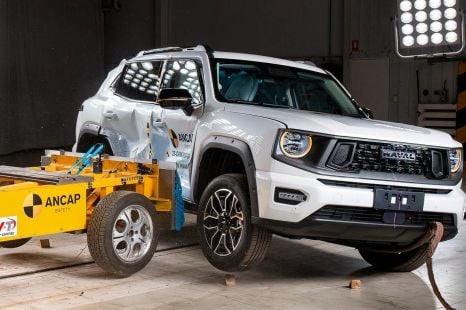

James Wong
5 Days Ago
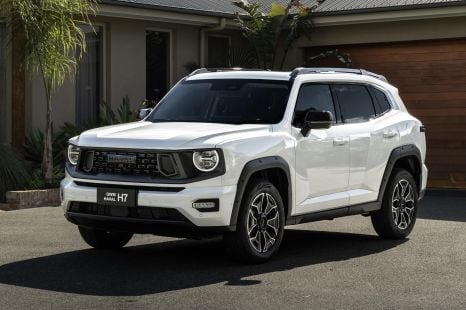

William Stopford
5 Days Ago
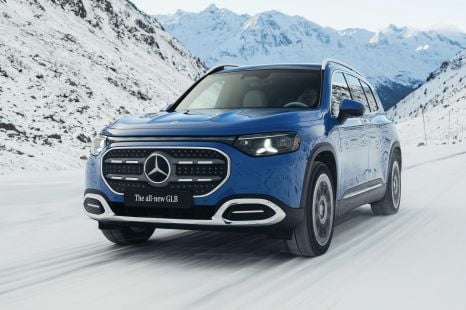

Gautam Sharma
16 Days Ago